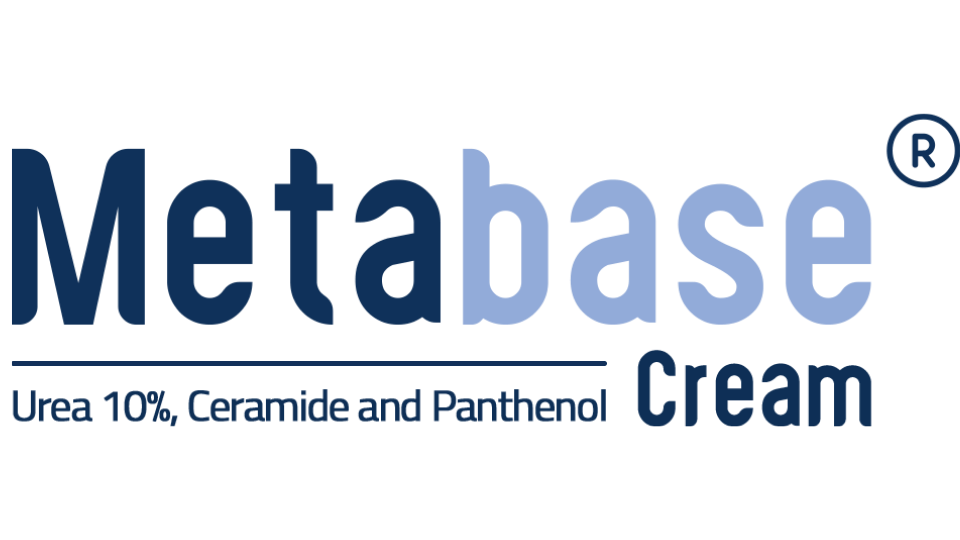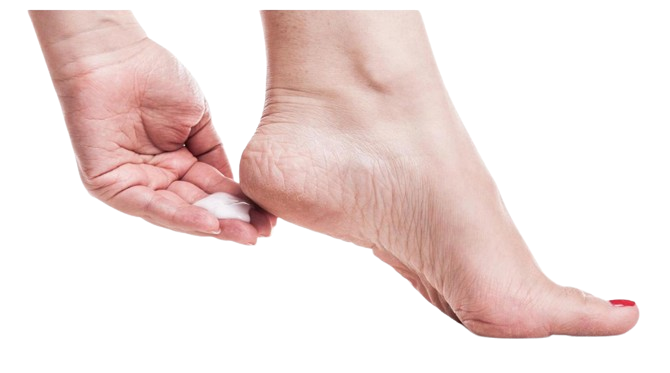Urea Role for Skin
In addition to acting as a moisturizer and helping to improve the skin’s barrier function, urea as an ingredient in Metabase Cream also exhibits several other important functions in the skin:
- It aids in the process of breaking down keratin, which is a protein that exists in various places in the body, including skin, nails, and hair. This is an important step in the process of shedding the outer layer of skin.
- It is antimicrobial (antibacterial), interfering with the growth of bacteria and other microorganisms.
- It helps to soothe itchy skin.
Urea Plays a Significant Role in Managing Atopic Dermatitis
- The skin of patients with atopic dermatitis is characterized by increased TEWL (Trans Epidermal Water Loss) and dysfunction of the skin barrier.
- The use of emollient and moisturizing creams is considered a cornerstone of the management of this disorder.
- However, given the wide variety of products available, choosing an emollient/moisturizer can be difficult, and some products may even worsen atopic dermatitis or induce contact dermatitis. For example, overuse of humectant alone.
- Urea-containing preparations like Metabase Cream have been shown to decrease TEWL and improve hydration of the stratum corneum and water-binding capacity in eczematous skin.
- A systematic review of the use of emollients in atopic dermatitis found that clinical effectiveness appears most well documented for urea-based preparations and recommends topical urea as a first-line choice in atopic dermatitis.
Urea Plays a Significant Role in Psoriasis
- Urea-based formulations like Metabase Cream improve hydration of the skin and its water retention capacity and decrease TEWL, pruritus, and hyperkeratosis in patients with psoriasis.
- Clinical evidence of urea-containing products at low concentrations (2% to 12%) shows effectiveness in the treatment and/or prevention of xerosis in some skin disorders such as ichthyosis, atopic dermatitis, and psoriasis, or unrelated to specific skin diseases.
- Urea at low concentrations can also increase the effectiveness of other topical treatments like betamethasone and calcipotriol.
Juvenile Plantar Dermatosis
- A daily application of barrier cream and moisturizers significantly improved foot appearance, reduced peeling, cracking, and recurrences among patients.
- A urea-containing moisturizer like Metabase Cream is recommended for regular use on both feet upon clearance of the lesions completely.
- Patients were advised to continue foot care with dimethicone barrier cream.
Other Indications for Urea
- Topical 10% urea preparations significantly improve skin dryness and pruritus in patients with excellent tolerability.
- 10% urea creams have demonstrated to improve the efficacy of other topical treatments of hyper-keratotic type tinea pedis.
- The regular use of a moisturizer containing 10% of urea and 4% of lactic acid has demonstrated to be beneficial in the treatment of moderate-to-severe xerosis of the feet in patients with diabetes. This is particularly important as, in these patients, xerosis generally increases the risk of complications, including infection and ulceration.

